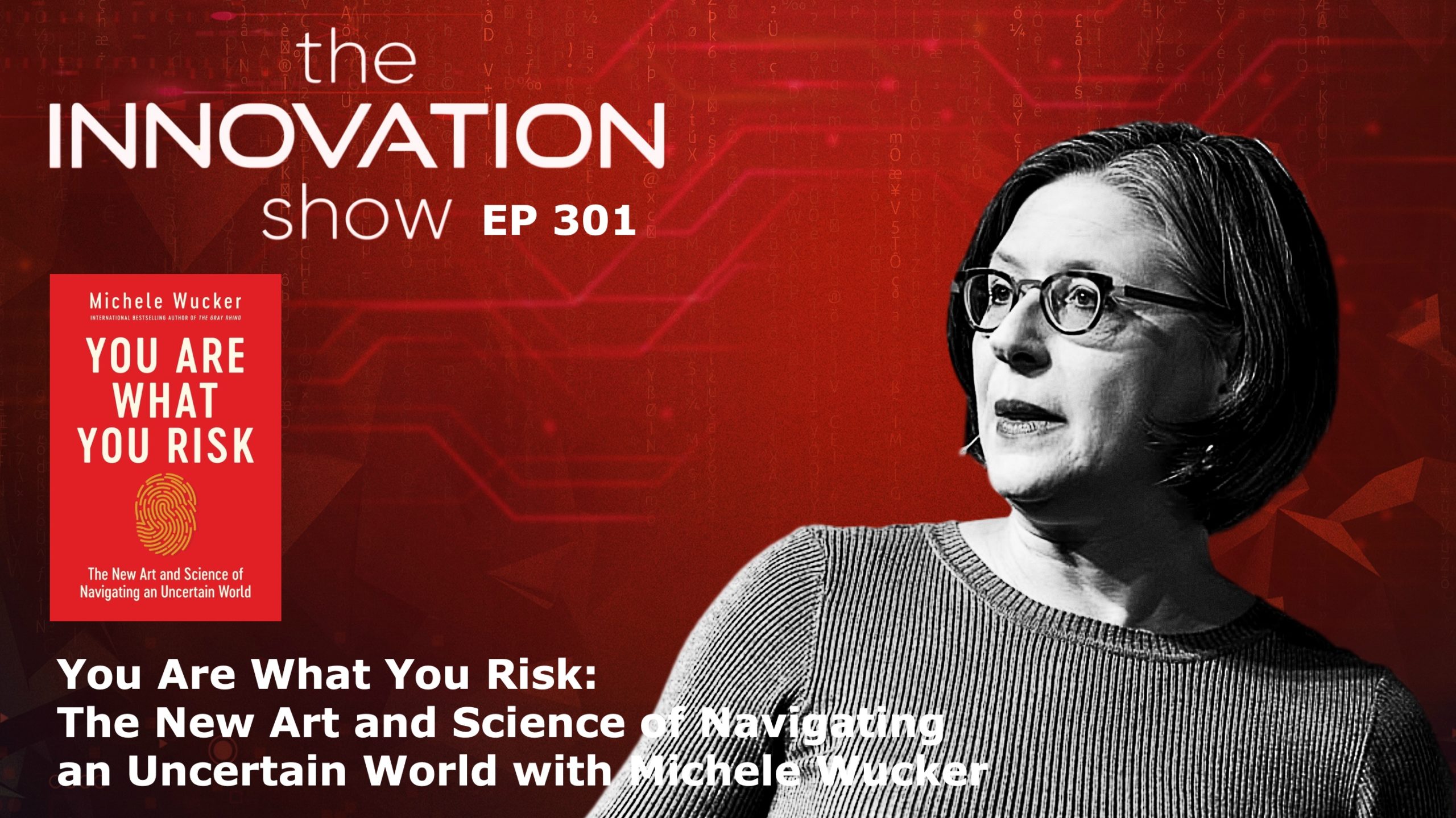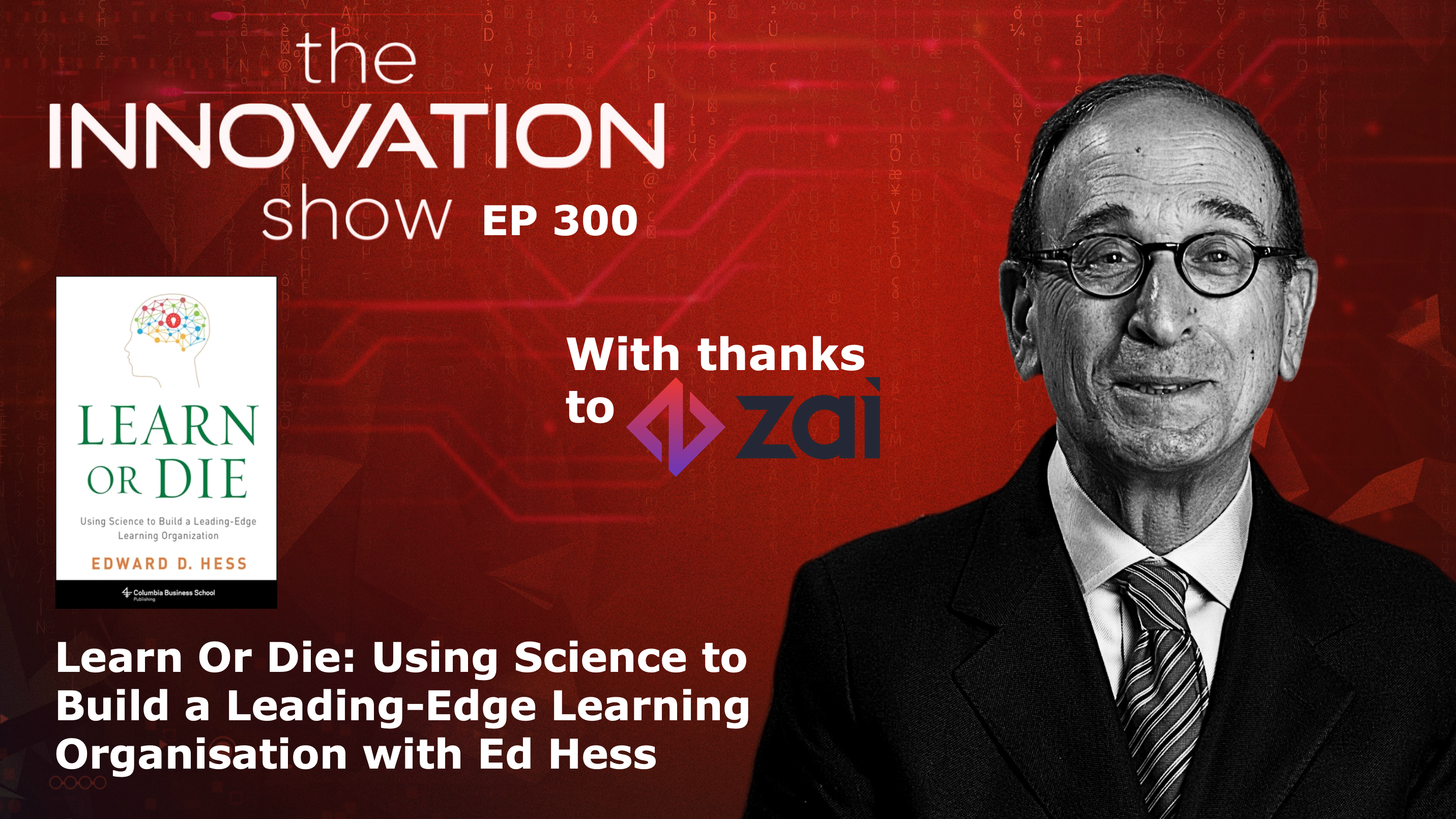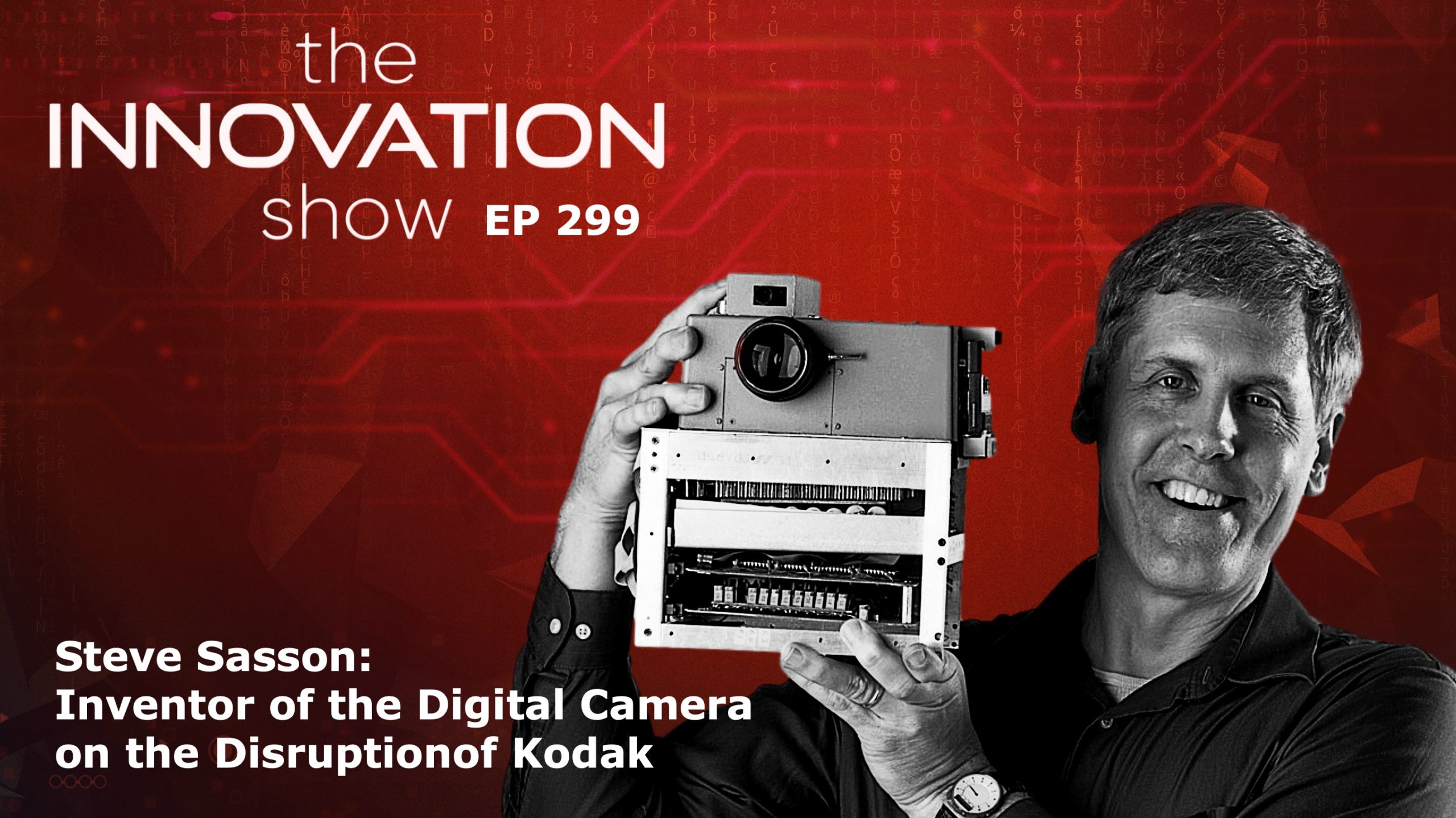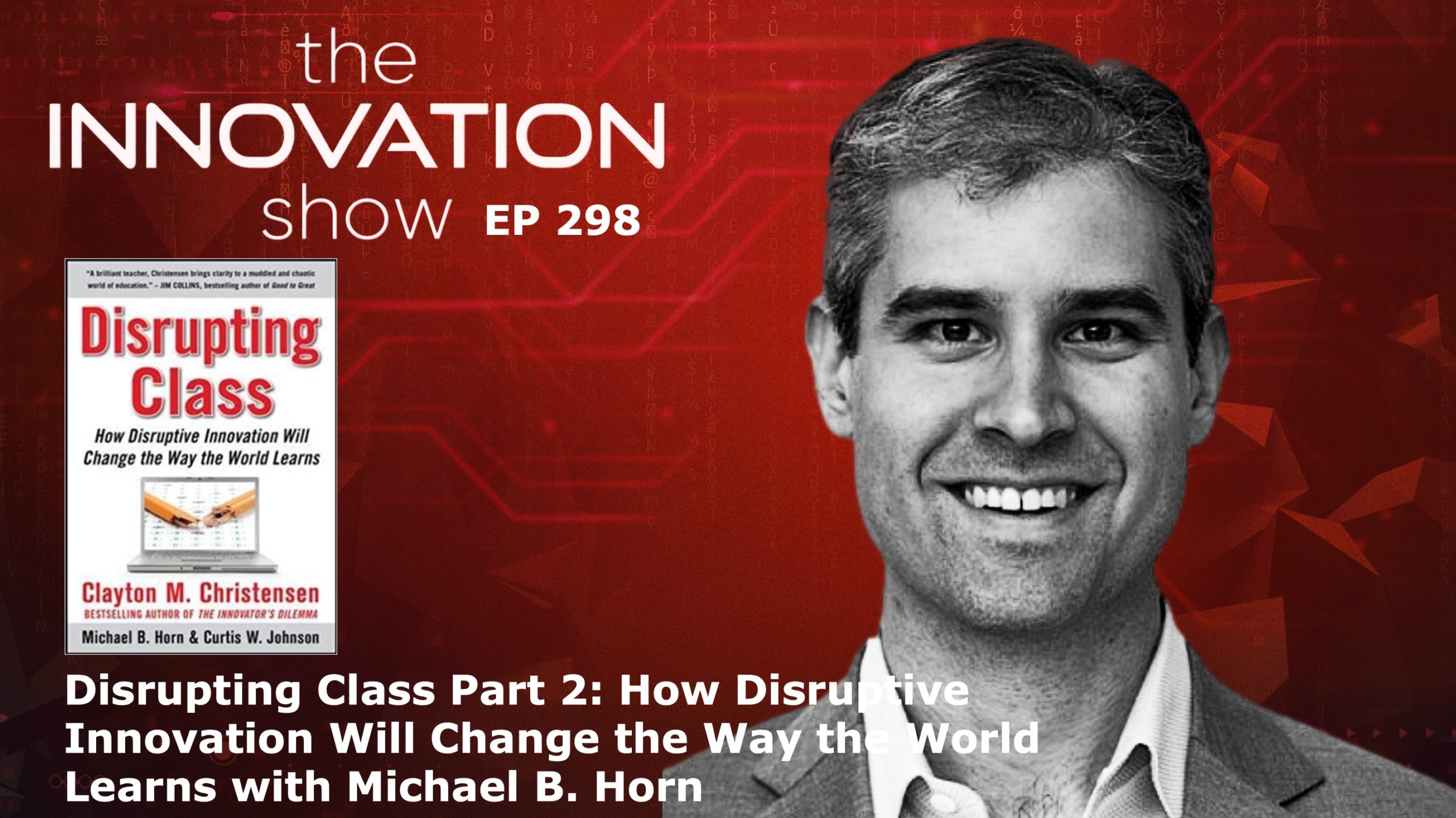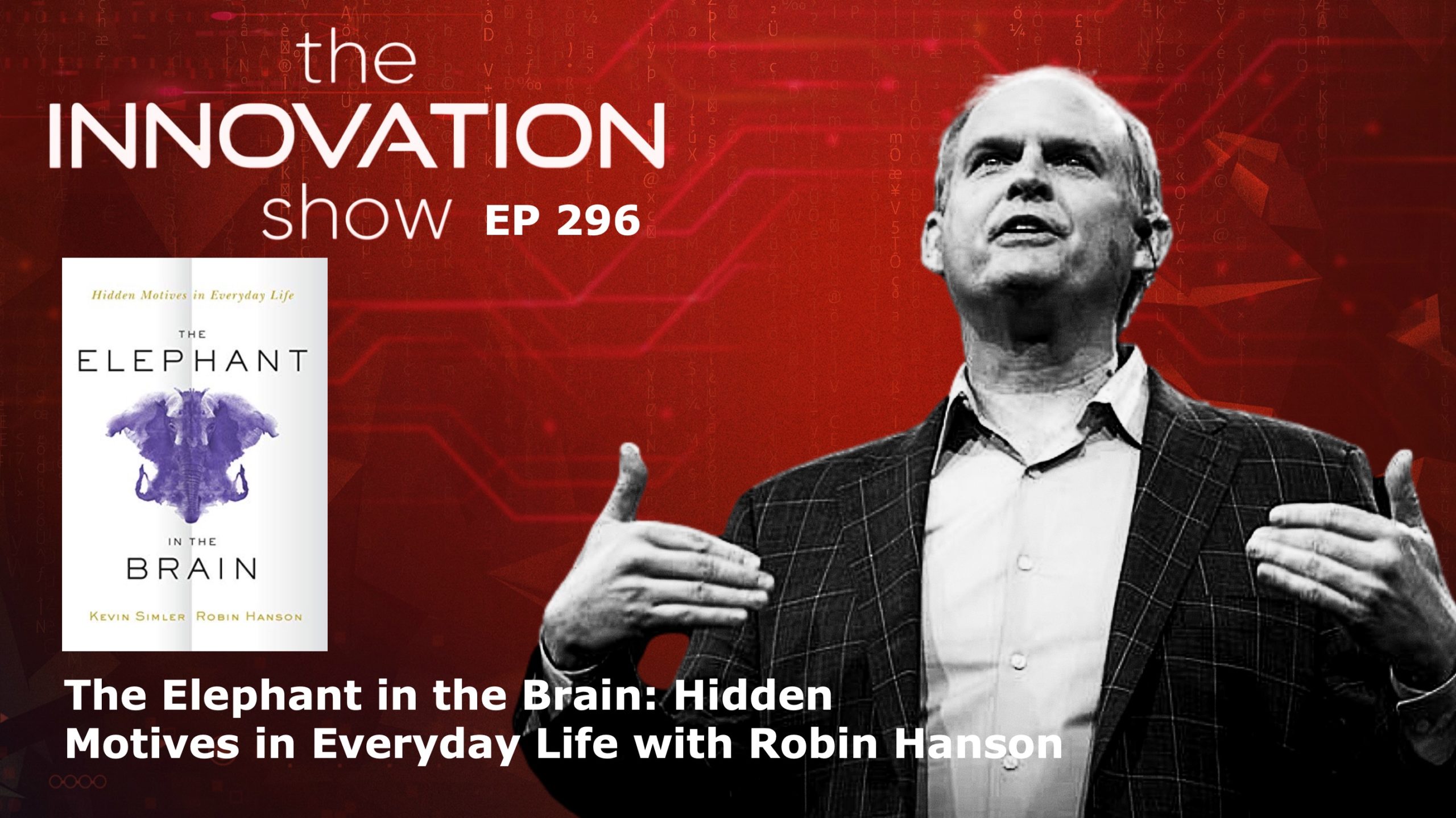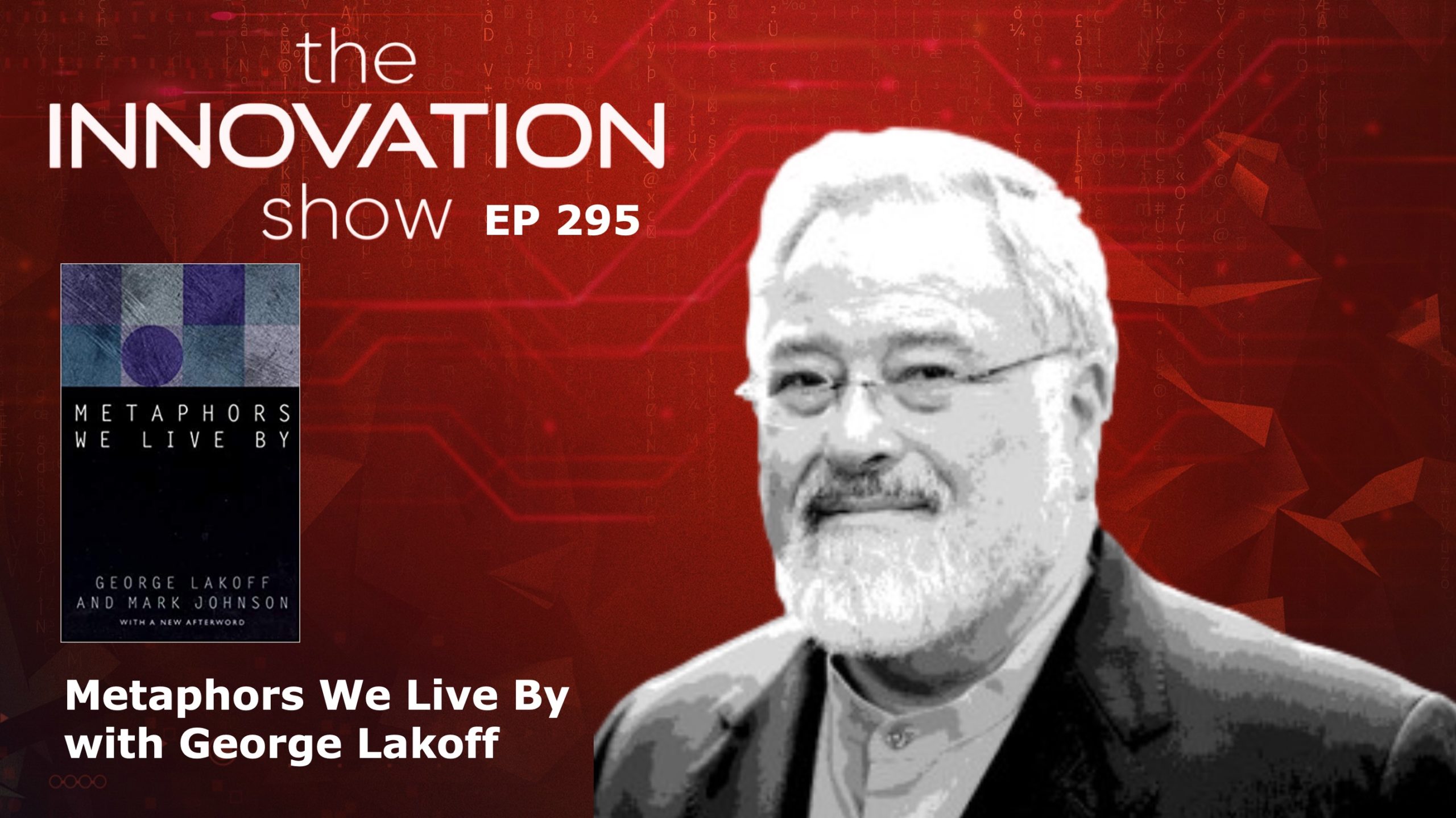Today’s book is a clarion call for an entirely new conversation about our relationship with risk and uncertainty. Our guest examines why it’s so important to understand your risk fingerprint and how to make your risk relationship work better in business, life, and the world.
She shares insights, practical tools, and proven strategies that will help you to understand what makes you who you are –and, in turn, to make better choices, both big and small.
We welcome friend of the Innovation Show and author of You Are What You Risk, Michele Wucker, welcome back to the show
